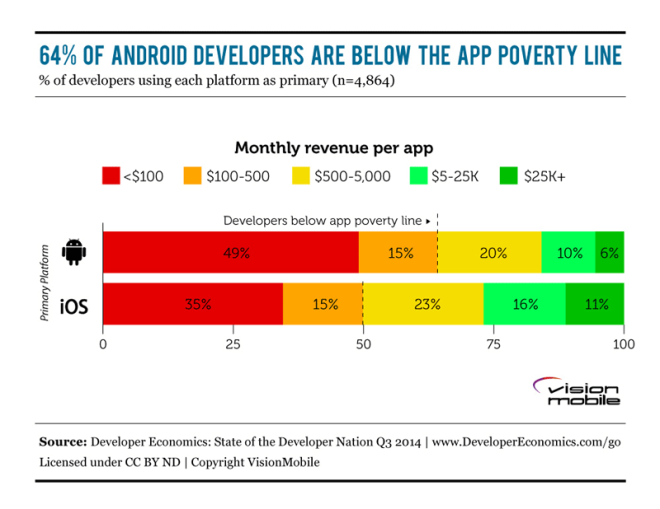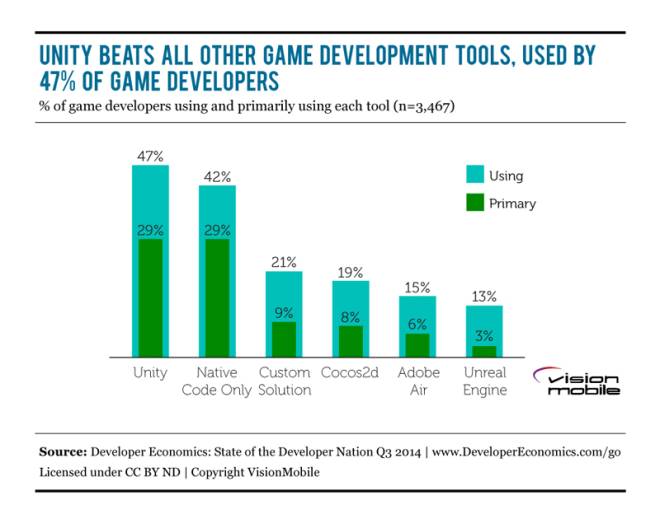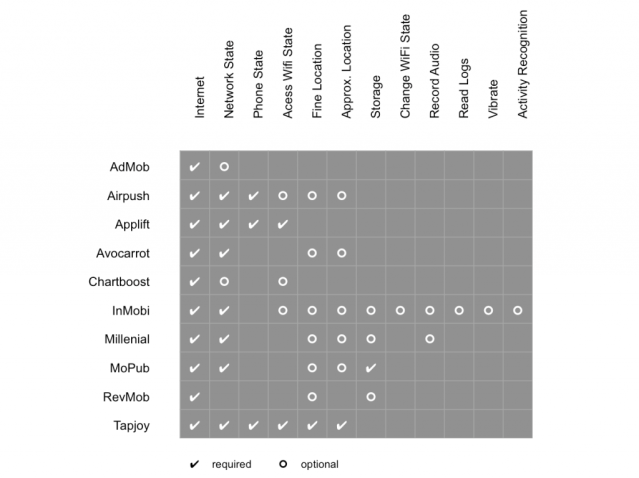If we consider the current scenario, then people nowadays utilize different categories of solutions to satisfy their purposes. Especially after the COVID – 19 pandemic, usage of smartphones has been bolstered to a considerable level. As a result, there was a massive rise witnessed in the utilization of applications among users. Since then, the usage pace has never slowed, and it has continued increasing till the current date.
It’s a truth to be told that Android devices are utilized in maximum numbers, but Apple devices are no more behind, as they stand second in global usage of smartphones. Over the past few years, the utilization of iOS applications has increased tremendously, and it’s because more than 1 billion users use iPhones, as per 2022 statistics.
You might be fascinated to hire iOS programmers from an IT company for creating your business solutions and grab an advantage of rising requirements for iOS applications among users, which you might have derived from the figures mentioned earlier.
So, refer to some things that should be kept in mind while hiring iOS developers and the cost of appointing them are discussed further in this post. Reading all those sections would reduce your hassles significantly for hiring them from firms to get an application for your enterprise ready.
Qualities To Be Considered While Hiring iOS Coders
When appointing iOS coders, you, as an entrepreneur, must ensure that they possess several characteristics to create your iOS solution for an enterprise. Which are those? They are stated below:
Must Possess Knowledge of Swift 3.0
It is an object-oriented programming language by Apple, which has a simpler syntax to access specific functions, making it easier for programmers to adopt. The iOS developers using Swift programming language can create a dynamic application loaded with demystifying features. So, you should appoint iOS coders having knowledge of Swift 3.0 and must be capable enough to deliver you the solution for your business with top-notch performance.
Experience in Xcode
You, as a startup owner, should know that the iOS coder you are looking to hire must possess Xcode IDE(Integrated Development Environment) in their skill sets. It is a solution that contains tools for debugging, interpretation, compiling, automation, and programming procedures streamlined for iOS developers while creating your application. By appointing iOS programmers to develop a solution for your business, you will also be charged a lesser fee for developing and deploying the platform, as Xcode makes such processes much more straightforward. It suggests that hiring iOS coders can assist you in building a platform with fewer expenses.
Problem-Solving Skills
Receiving the solution created by iOS developers is fine, but they should also be capable enough to quickly solve problems with any level of complexity. It is a must that you, as an entrepreneur, must appoint those iOS programmers who possess sufficient knowledge to get rid of any issue popping up in your application rapidly.
Secured Application
You might be aware that the ios app store doesn’t allow an application to get published if it doesn’t match their set security standards. Hence, as an entrepreneur, ensure that the iOS coder you hire delivers a safe and secure platform to you or not for launching it in an application store.
By keeping all these things mentioned above in your mind, as a startup owner, you can look for iOS developers to hire from specific companies able to provide you with a helpful solution for your enterprise. It will assist you in appointing a perfect iOS programmer who is dedicated and skilled to offer you desirable and practical application for your venture.
Cost To Appoint iOS Programmers
Now, after knowing the several elements to remember while hiring iOS developers, you should see the cost of appointing them. There are numerous parameters that play a vital role in the costs of recruiting iOS programmers, out of which a few of them are mentioned below. Refer to each of them before analyzing the prices of iOS coders:
Complicacy
It is an essential component contributing to the cost of appointing an iOS coder to build a solution for your venture. The complicacy of an application includes:
- The number and types of features.
- The design of a platform.
- Third-party apps to be integrated.
- The specific database you select for storing user data of your application.
So, if you are thinking of building your iOS solution, then consider all these things about your app to be created. It will assist you in saving additional expenses after appointing iOS programmers.
Number of Coders
The cost also depends on a number of iOS programmers tenant by specific technology partners. The companies need to pay a certain amount to developers occupied working on your project, which relates to your application’s complexity, as discussed earlier. The rates of hiring iOS coders would likely be high if you want more attributes in your solution to be implemented, as a specific number of developers hired by you would not be able to work on other pending projects of the firm.
Experience
Based on how experienced an iOS programmer you have hired, the fees would be charged to you by them accordingly. It is because they will help you to avoid specific issues during and after creating the application for your business from their side. In addition, they will also provide you with a bugless application so that you don’t need to spend more money in the future to maintain your solution. Therefore, it’s suggestible that you should appoint a well-versed iOS developer that doesn’t charge much higher nor too lower fees for building your app.
Development Location
At last, along with covering all these factors, the cost to hire an iOS programmer is finally decided by the company, based on the development location. The charges for appointing an iOS developer from any specific country are determined based on their costs of living, hosting charges, and fees charged to them for accessing a particular function. Following are the rates of hiring iOS coders from different countries mentioned. Consider the table below to get an idea about appointing them from a specific location.
| Countries | Hourly Costs of iOS Developers(in $) |
| Australia | $45 – $65 |
| India | $20 – $60 |
| USA | $60 – $90 |
| Switzerland | $55 – $80 |
| Netherlands | $50 – $75 |
| Canada | $35 – $70 |
Final Verdict
In the last few years, usage of iOS devices has skyrocketed to the next level, so numerous ventures have launched solutions in an Apple store to receive the advantages of increasing demand for its apps among people. Apart from this, many startup owners are planning to build their iOS applications for their enterprises, and if you are one of those, then refer to some qualities while appointing iOS programmers and the cost to select them mentioned in a post. It would help you in getting a clearer vision for hiring them.




















